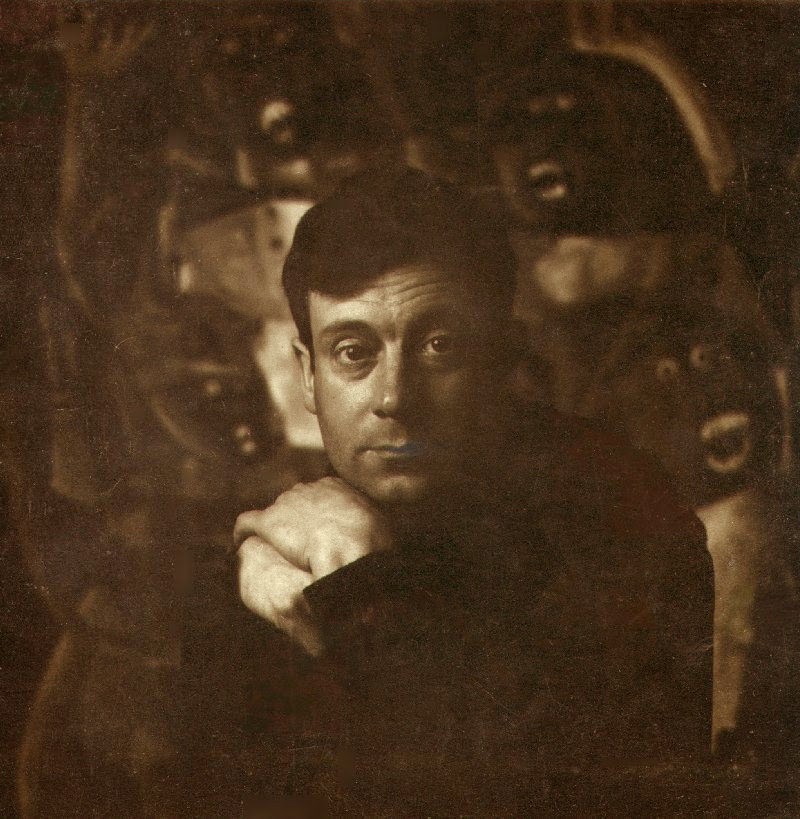His training includes time in the workshops of Emilio Centurión and Adolfo De Ferrari in painting, and those of Bigatti, Guido, Spilimbergo and Curatella Manes in murals. He takes courses in industrial and graphic design, to which he will dedicate a good part of his career. During the 1950s, in line with the visual repertoire that characterized the national art scene, he definitively turned to geometric abstraction. He participates in national and provincial exhibitions and exhibits in the Galatea, Corot, Hampton, Van Riel, Marienbad, Arte Nuevo and Müller galleries, among others. He is a member of the Arte Nuevo Association, founded by Aldo Pellegrini with the aim of bringing together all “non-representative” artists, among whom are Arden Quin, Melé, Tomasello, Silva and, later, Kemble, Polesello, Paternosto and others. Towards the end of the decade, his paintings tend towards the search for unstable perceptual effects, with large linear rhythms or periodic structures with interruptions and superpositions of simple forms.
In 1960 he was part of the International Exhibition of Modern Art (Museum of Modern Art) and in 150 Years of Argentine Art (National Museum of Fine Arts), and was selected for the Manuel Belgrano Municipal Hall of Plastic Arts.
In 1963 and 1967 he was invited to participate in the Braque Prize. He later integrated the exhibition Beyond Geometry at the Di Tella Institute. He is part of the traveling collective exhibition Espacio y Vibración 1969, organized by Cultural Affairs of the Ministry of Foreign Affairs and Worship.
During the 70s he became involved in the new industrial production, which led him to work with acrylic as the predominant material. In 1971 he participated in the exhibition Panorama of Argentine visual experiences of the Lorenzutti Foundation, and the following year he was awarded the second prize at the salon organized by Acrólicos Paolini. During those years he also participated in the CAYC and the International Association of Plastic Arts (AIAP). He exhibited in Europe and Latin America. His work as a teacher stands out; He worked at important national universities and art schools and was rector of the “Prilidiano Pueyrredón” National School of Fine Arts, among other positions. In his last years he carried out a revisionism of his work, moving from abstraction to figuration, constantly searching for new images.


 Lezama Jorge
Lezama Jorge